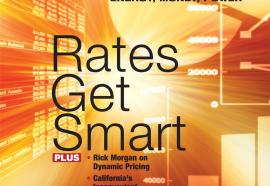Vendor Neutral
(June 2012) South Carolina Electric & Gas gave Shaw Group and Westinghouse full notice to proceed on their contract for two new Westinghouse AP1000 nuclear power units and related facilities at the V.C. Summer nuclear station near Jenkinsville, S.C. Progress Energy awarded a contract to Westinghouse for underwater laser beam welding (ULBW) at the Robinson nuclear plant in Hartsville, S.C. Southern California Edison (SCE) completed additional inspections of the San Onofre Nuclear Generating Station (SONGS) Unit 2 steam generators, based on Unit 3 findings. And others...









